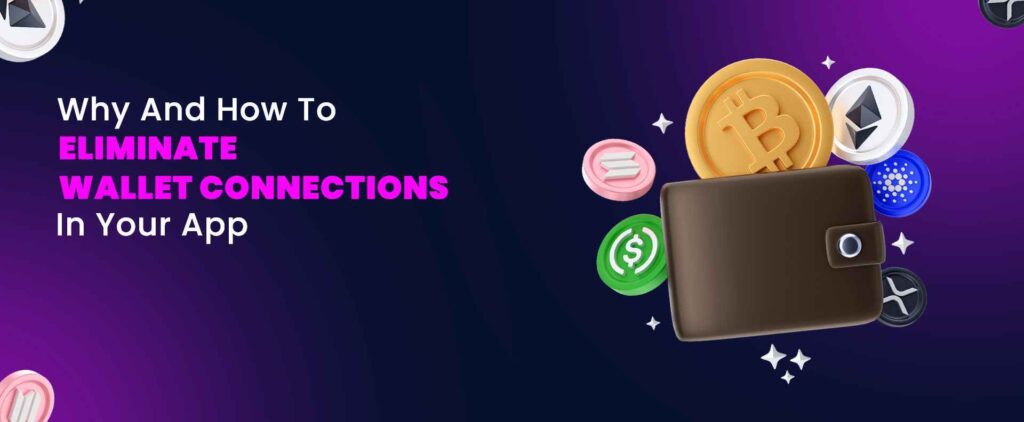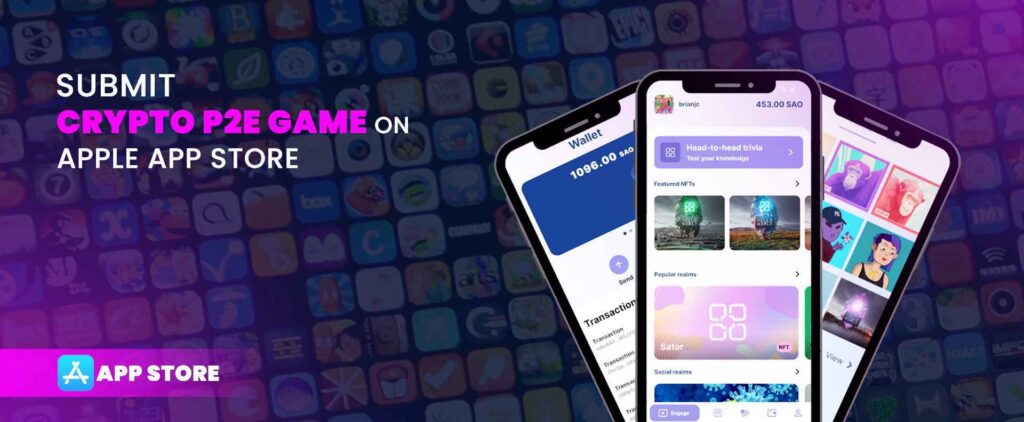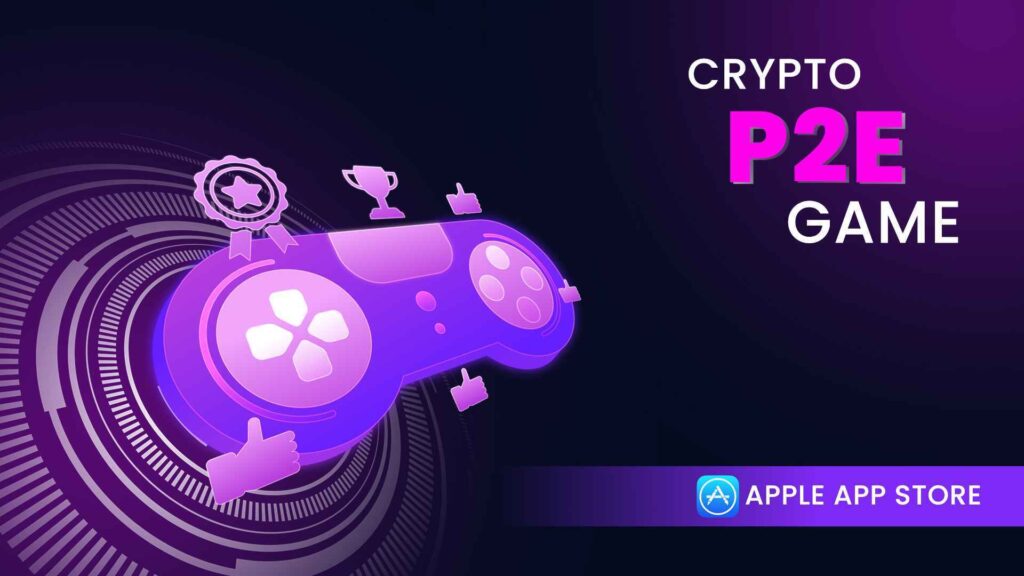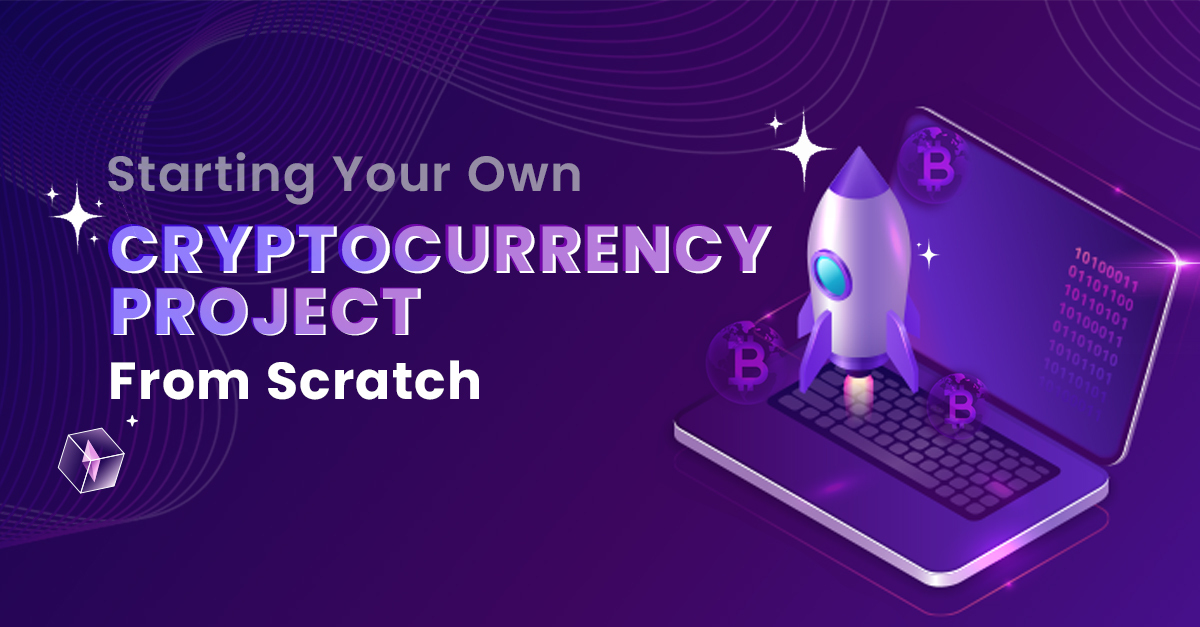- The number one most important thing to never forget when building your P2E game
- What to prepare right now so you’re ready to submit your app immediately after testing
- Why and how to eliminate wallet connections in your app
- Why Apple rejects most P2E games
- How you can increase your chances of submitting your P2E game through Apple
Apple is a Business
What to Prepare to Submit an App on App Store
Did you know that you need to form a company and have what’s called a D-U-N-S number to submit apps to the Apple App store? Not having this would require you to submit the app in your own name, literally saying the app was made by “John Smith” in the App Store. This is because Apple has requirements in how they let users submit apps to the App Store.
What you’ll have to do is form a company, such as an LLC. Please keep in mind your identity will now be public knowledge when the LLC is filed, depending on the state you’re filing in. Hiring an attorney is a great route to consider, as they’ll advise you on the state to file based on your unique needs, both related to tax and anonymity. There are also international options you can explore with your attorney.
With your company formed, you’ll now apply for your D-U-N-S number. This process can take up to two weeks in most cases, but can be expedited for a reasonable fee. If you’re not aware, a Dun and Bradstreet D-U-N-S number is a unique nine-digit identifier for businesses. It is a public business registry that is required to get an Apple Developer account. You can learn more on the Dun & Bradstreet website.
Once you’re all set, you’ll be able to enroll as a company for the Apple Developer program. This is essential to having your app or mobile game listed on the App Store with the correct branding and name. As mentioned previously, not having enrollment as a company would mean the app showing up under an individual’s name, such as “John Smith”, instead of “Your Company”.
Your developer will need your Apple Developer account credentials when submitting the app to the App Store on your behalf. While your application is being developed you will be getting your company formed and account set up. This helps ensure more timely testing and deployment.

Why and How to Eliminate Wallet Connections in Your App
Wallet connections within your mobile app can be problematic for several reasons. First, they’re very unreliable and prone to constant problems, creating a poor user experience. If our goal as web3 enthusiasts is to get more people into the space, then we must make things as easy as possible for users. Second, if wallet connections are enabled in an application, it tends to pop open another app, such as MetaMask. In this example, problems and bugs can occur with the wide variety of wallet apps, software versions, etc…especially on Android. Third, if users are required to connect a wallet and run a transaction for every single blockchain-related action it’ll be a terrible user experience.
Now that you understand the purpose and reasons why, let’s dive into how to execute it.
Arc8, a popular crypto-based arcade game platform, is a great example of this with their GMEE integration. I spent time reverse engineering it and you can see a slideshow of that here. Let’s break down how it works…
- Users sign up for a new account in the Arc8 mobile application
- A wallet is created and funded with 0.03 MATIC (this costs pennies)
- Users then buy GMEE on QuickSwap using MATIC and send it to their Arc8 wallet
- Next, the GMEE tokens are sent within the application to Arc8 Pay, which credits their account with essentially a web 2.0 balance in their account.
- At this point Arc8 controls the crypto as it’s in their wallet. The user now simply has a credit balance in their account, which can be used anywhere in the application without any transactions.
- Want to cash out? Users simply convert their credit balances to GMEE by sending them from the Arc8 Pay wallet to their Arc8 wallet or any other of their choosing
If you’d prefer a visual of all of this, please see the slideshow linked here.
Why Apple Rejects Most P2E Games (Solutions Included)
It’s not uncommon for P2E game developers to get their app rejected by Apple after the development has been completed. This devastating blow could not only cause delays for deployment, upset investors or even the death of the project.
As mentioned above, the most important thing to keep in mind is Apple is a business that seeks to make money. What this means is that Apple is not against cryptocurrency. However, they are against leveraging cryptocurrency to bypass their 30% commission.
In the example of Arc8 above, users are not buying any cryptocurrency within the application. They are simply sending their cryptocurrency to their in-game wallet, then sending those tokens to an Arc8 wallet, which then credits their account.
As users play the games, they are not earning cryptocurrency. Instead, their in-game point balance is increasing inside of a normal web 2.0 database. Again, no money is technically changing hands as when users deposited their GMEE tokens, they went into Arc8’s custody.
Another example is MicroPets runner, which I oversaw during my time as CTO. Users simply enter a classic 2D side-scrolling runner game with the goal of collecting as many coins as possible while dodging obstacles and collecting power ups along the way. Here’s how we set it up:
First, users download the application. Here, they enter their email and receive a pin code, which they enter and verify inside of the application. From here, the user can play the game, pick up coins and see their in-game balance increase. Users can also link their NFT pets to their game account, increasing their earnings if they had a rarer and more powerful pet.
Linking pets is as simple as navigating to the dApp/dashboard, connecting a wallet which holds the pet NFT’s and then selecting the best pet. Once a user has linked a pet, they’re now able to earn bonus rewards, which are allocated within a database.
When users wanted to cash out, they’d simply swap from the in-game coin to get a BEP-1155 reward token. This token had no liquidity pair, meaning it could never be sold for money. Instead, we built an arcade-style shop with various items. Some could be sold for money, but others simply enhanced the user’s NFT’s or provided other benefits.
In addition, users could buy raffle tickets through a “Magic Chest” implementation that integrated Chainlink. Here, we had very high value NFT’s and only a limited amount that we’d give out monthly. Users would simply use their BEP-1155 reward token to buy raffle tickets. Through Chainlink’s VRF, we are able to prove transparently that the random number is in alignment with blockchain best practices. Every month there’s an exciting live drawing and millions and millions of raffle tickets have been sold.
This is also a very scalable rewards system that doesn’t have much selling pressure at all, still creates value for users and makes the game exciting to play. Pair that with the communal aspect of cryptocurrency through the live drawing, and it’s a great way to do P2E at scale.
Now that you’ve seen some potential solutions, it’s smart to be both creative and sustainable at the same time with your earning mechanics. If you’re paying out more tokens than you’re taking in, this is a clear sign that you’re destined for a ton of selling pressure and pain. P2E gaming should be about fun and competition instead of mining money–owners/investors of the token should feel protected from such activities, further reducing perceived risk on their end.

How you can increase your chances of submitting your P2E game through Apple
It’s very common for the Apple team to ask many questions after an app has been submitted for approval–This is especially true if your app has anything related to web3, blockchain or cryptocurrency. How you answer these questions will determine a large part of your fate from an approval standpoint. Below are some quick tips on how to communicate with Apple through this process.
- Answer all questions very thoroughly. Show that you put a lot of time and thought into your response. For each question Apple asked me, I went above and beyond with details.
- Emphasize you understand Apple is a business and you’re clear on the guidelines and staying within them. While giving responses, weave this into your response and communications with them.
- Respond with details they didn’t even ask for. As you’ll see in my real example below, they ask a simple question and I lay out details I believe they may ask for later. This shows I’m proactive in communicating with them, not trying to hide anything and am truly trying to make their job as easy as possible.
- Do not include any specific buttons that point to your “Website”. Even though our game had nothing being sold on the website, they had us remove it despite multiple attempts to explain our legitimate reasoning. They did allow us to have an “About” area that pointed to our site, but nothing that explicitly said “Website”.
Here is my actual response to Apple regarding a couple questions they asked me. You can see how I’m phrasing everything from THEIR perspective and what they need to know instead of trying to serve my own agenda.
After the above response, we received immediate approval to list our App on the App Store, making MicroPets Runner one of the only P2E games on there instead of being stuck on TestFlight like most crypto gaming apps.
Closing Thoughts
With above in mind, you should be much better prepared to submit your P2E game on the App Store. It’s very important to ensure these details are being figured out now instead of when you’re ready to launch your application. I’ve heard many horror stories of projects who have a fully developed application ultimately getting rejected because they didn’t take time to think about what Apple would be looking for during the review process or what their guidelines even are.
Do NOT trust your App development company to figure a lot of this out for you as web3 is new to them, too! Instead, collaborate with them and work together to drive architecture Apple accepts instead of trying to convince or sell them later.
After over a decade of consulting, marketing, and operations experience, Tony Drummond made the decision to co-found MicroPets, a venture that plunged him into the Web3 space and actualized his passion for crypto. In a span of just three weeks, what started as a $550K venture quickly scaled to over $200MM under Tony’s leadership. Today, he helps web3 founders drive strong product ideation, utilities, financials, tokenomics and operational excellence through a planning-oriented approach.
Want to work with Moonbound on your next big idea? Book your Strategy Call here.



